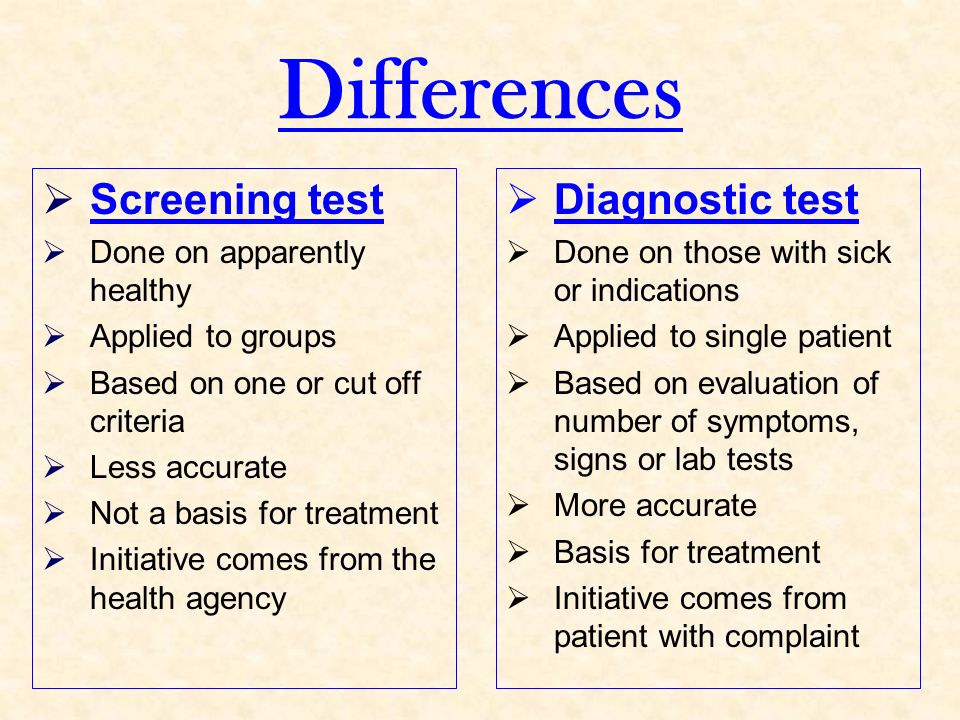
Of particular interest is a personal trainer’s scope of practice (SOP). Abbott (2012) defined SOP as the limitations imposed by law on different vocational pursuits that require a specific educational background and a demonstrated level of competency. Scope of practice also outlines responsibilities and limitations of a professional (Abbott, 2012). In a effort to gain a greater appreciation of the boundaries exercise professionals, I would like to explore, more deeply, some of the SOP guidelines that personal trainers have (sometimes) violated.

Abbott (2012) reminded the reader that when accepting a client for training, personal trainers are stating and acknowledging that they have a sufficient understanding of exercise science, and the ability to develop and administer exercise programs. In effect, personal trainers assume the responsibility of exposing clients to the stress of exercise, while also mitigating the possibilities of injury and death (Abbott, 2012). Assuming such responsibilities warrants a clear understanding of a personal trainer’s SOP. It also demands that personal trainers convey their scope of practice to clients to minimize the likelihood of viewing personal trainers as a resource for medicaladvice.

Abbott (2012) outlined several instances where personal trainers can overstep their boundaries. The author identified the process of analyzing blood pressure. From the perspective of the client, a personal trainer can be a great resource for advice on a reading indicating high blood pressure (Abbott, 2012). However, personal trainers must be clear in conveying that acquisition of blood pressure is a screening process, not a diagnosis of what is wrong or how to resolve it.
Another example of overstepping SOP is in the analysis of lung function via spirometry (Abbott, 2012). Understanding respiratory efficiency can help develop a blueprint for program design. However, personal trainers must be cautious in providing conclusions as to the etiology of a less than optimal lung function test. Abbott (2012) cautioned the reader that if a personal trainer were uncomfortable pursuing a training program with a client, it would be indicated to refer out to a medical professional.


Abbott (2012) provided other examples of overstepping SOP. The author stated that performing movement assessments and correcting movement patterns could be a violation of SOP. However, Abbott (2012) did not delineate the difference between painful movement dysfunctions and non-painful movement dysfunctions. I would submit that a personal trainer who is heavily steeped in biomechanics, functional anatomy, and motor learning could adequately work with non-painful/dysfunctionalmovement patterns and help improve outcomes.
Personal training in Western society is an industry that is growing and developing in response to an equally growing obese and metabolically deranged population. To adequately prepare clients for change, personal trainers must also prepare themselves with acquisition of appropriate tools, experience, and skill sets to effect change. A central component of this process includes personal trainers having a clear and concise understanding of their abilities, and boundaries. In this way, personal trainers can maximize their strengths, recognize their limitations and refer out, ultimately steering their clients’ lives in a positive and productive path.
References
Abbott, A. (2012). The legal aspects: Scope of practice. ACSM’s Health & Fitness Journal, 16(1), 31-34.
-Michael McIsaac
